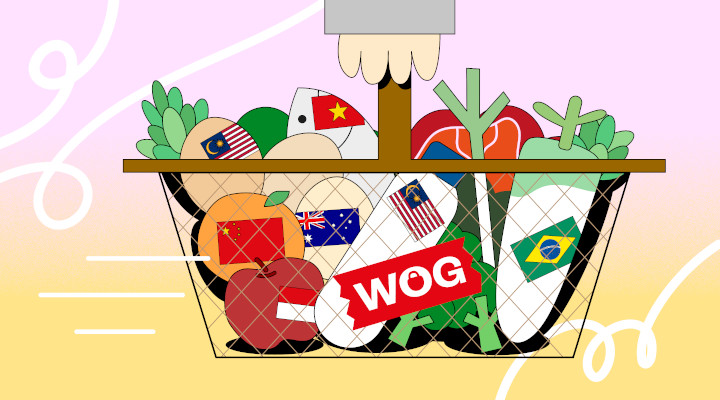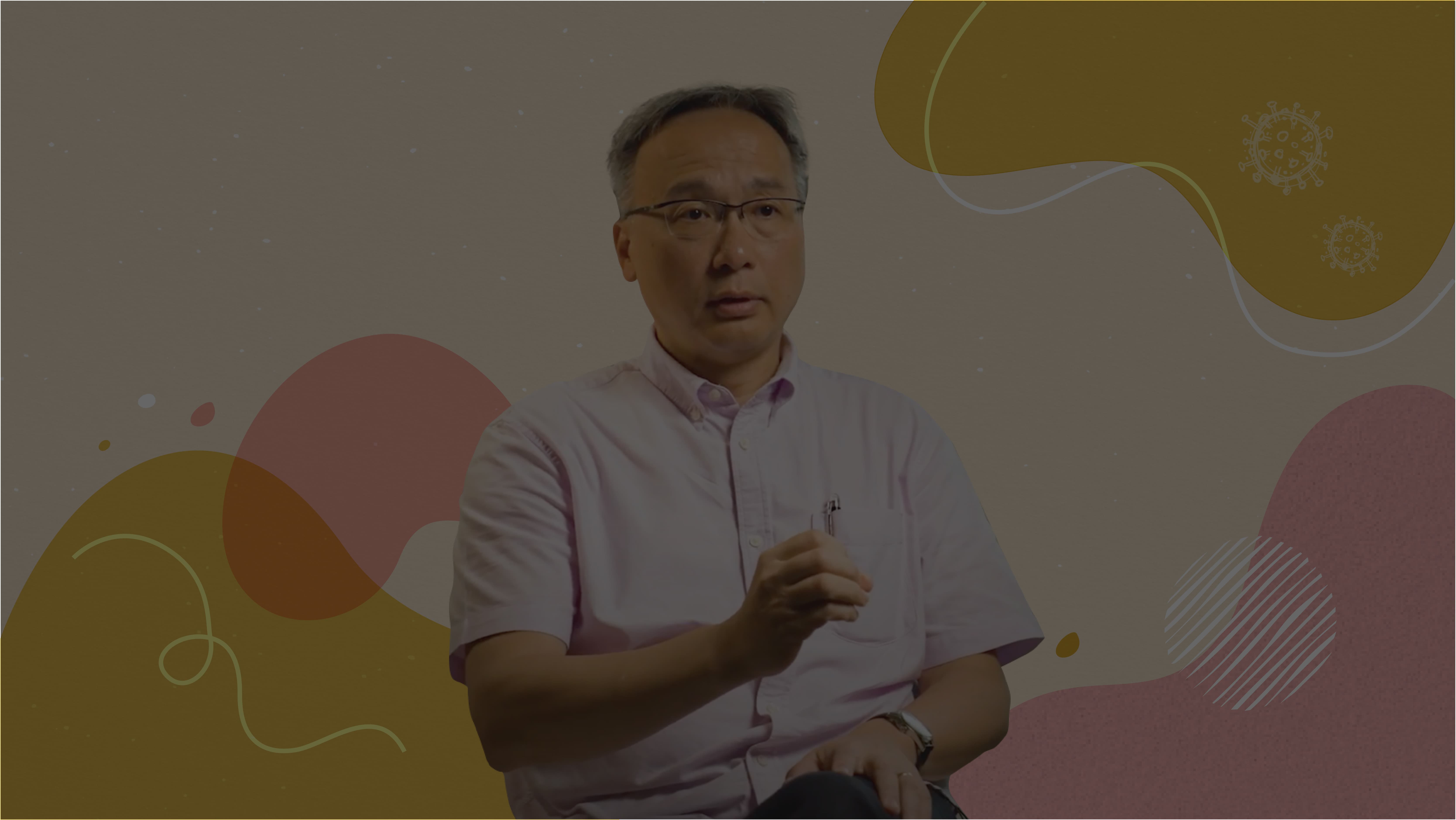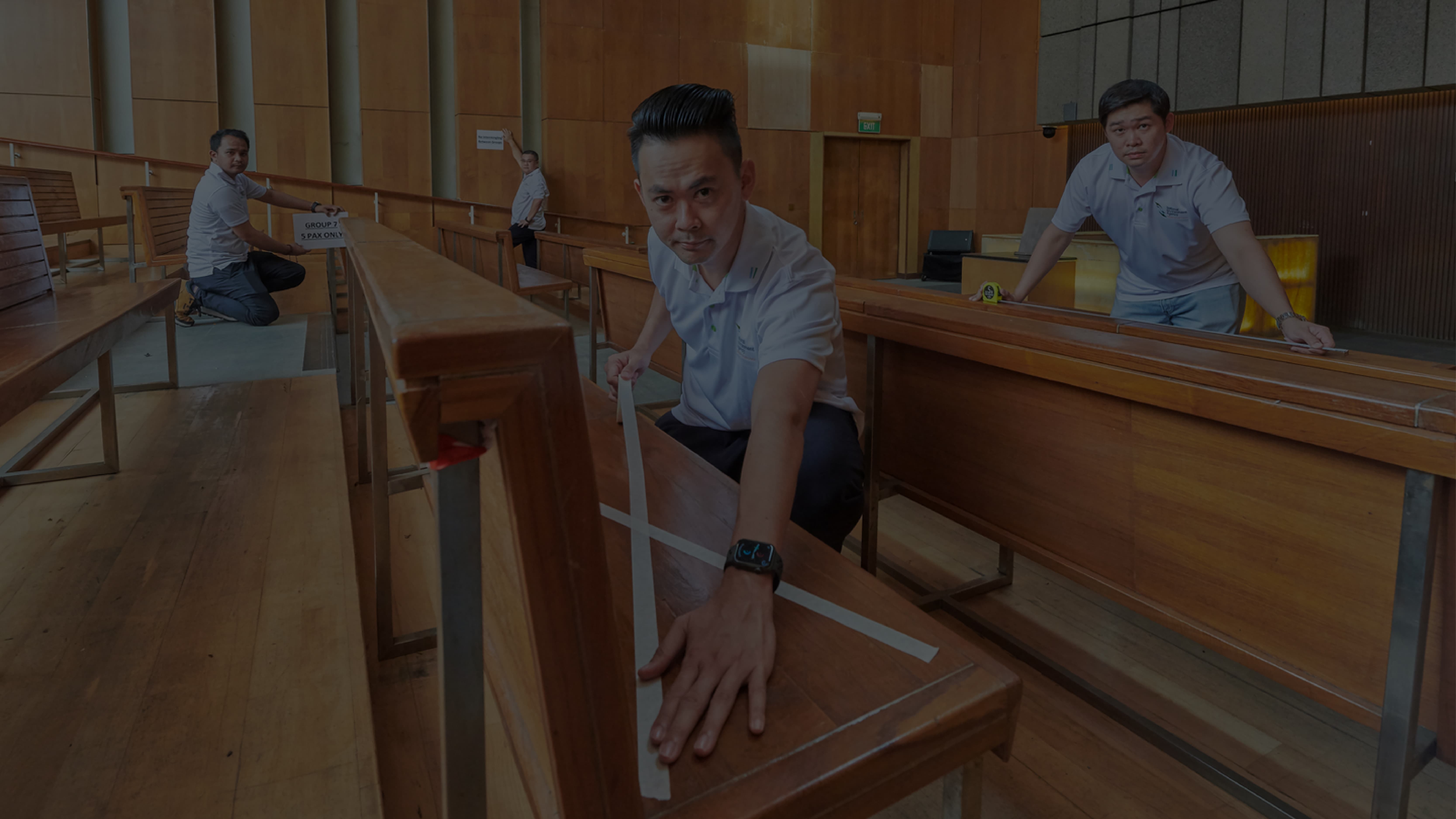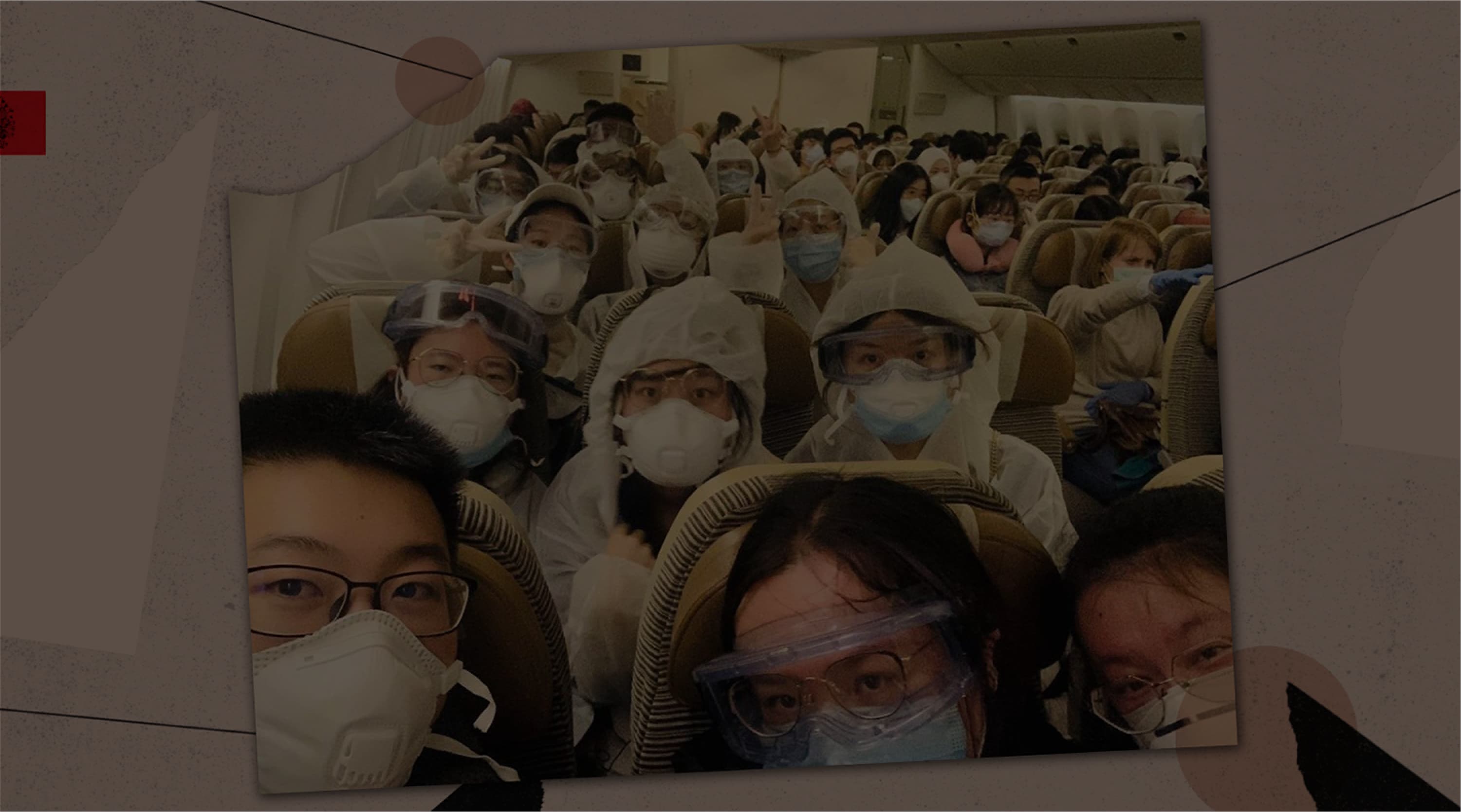Food Supply Chain Resilience During And Beyond The Pandemic

Panic buying dominated the headlines in the wake of Singapore raising the Disease Outbreak Response System Condition (DORSCON) risk assessment level from Yellow to Orange.
Driven by anxiety, people emptied shelves and formed snaking queues to stock up on essentials.
This experience in February 2020 was not only due to the mistaken perception that the alert would lead to a lack of supplies, it also cast a light on Singapore’s supply chain resilience.
Importing more than 90% of its food supplies, Singapore has few natural resources, making us vulnerable when the pandemic caused worldwide supply chain disruptions.
Yet Singapore has managed to overcome these challenges and ensure the resilience of our food and essential supplies despite the odds.
A Whole-of-Government Effort
In March 2020, at the onset of the pandemic, a workgroup comprising members from Enterprise Singapore (EnterpriseSG) and JTC Corporation (JTC), led efforts to ramp up the national stockpile of food and daily essentials.
The workgroup also worked hand-in-hand with other agencies and ministries such as the Singapore Food Agency (SFA), the Singapore Department of Statistics (DOS), Ministry of Health (MOH) and Ministry of Finance (MOF).
Amid an unprecedented global lockdown and fierce competition for scarce items, policies and strategies were developed quickly to identify and procure essential goods, diversify the sources of goods to stockpile, and ensure the flow of supplies.
Diversifying Suppliers
“It isn’t until you really watch each part of the supply chain break down that you realise how the whole world is so intricately interconnected,” says Ms Lai Su Lyn, who was a Senior Assistant Director in MTI’s Supply Chain Resilience Division until end-2021.
For example, even the temporary closure of a small warehouse overseas has significant downstream effects – if goods cannot leave the warehouse in time, they might miss their scheduled vessel and delay their entry into Singapore, she explains. If such delays happen to an important raw material for the production of a particular food item, it could lead to shortages.
Alongside the workgroup, the SFA toiled 24/7 to source for options and matchmake importers with new suppliers overseas.
Through inter-agency efforts with the industry, Singapore signed memorandums with new food suppliers to better meet local demand. For example, frozen shrimps were imported for the first time from Saudi Arabia in November 2020.
Mr Chung Youne Kow, Acting Deputy Director, Policy Department, Joint Policy & Planning Division, SFA, says: “The SFA works with industry partners to tap on new sources to pave the way to even greater food trade flow and further diversify our food sources.”
Such efforts to diversify import sources complement the ongoing work under Singapore’s “30 by 30” target, which aims to build the capability and capacity of the local agri-food industry to produce 30% of our nutritional needs locally and sustainably by 2030. These include a $63 million Agricultural Productivity Fund to support local farms in adopting high-tech equipment and farming systems, the redevelopment of Lim Chu Kang into a high-tech agri-food hub, and greater R&D efforts to produce food safely and sustainably.
Local food production has an important role to help Singapore reduce reliance on import and mitigate disruptions.
“Our aspiration is that food production in Singapore can feed not just the next generation of Singaporeans, but also contribute to urban food solutions for the world, strengthening the world’s food baskets,” says Ms Tham Kit Yeng, Assistant Director, 3030 Planning & Development Department, Industry Development & Community Partnership Division at the SFA.
Addressing Logistical and Warehousing Challenges
Buying supplies in a pandemic is but one part of the overall task – shoring up Singapore’s food resilience also required sourcing suitable locations to store the stockpiles. Warehouses had to be quickly made available for essential stockpiles such as rice, toilet paper, medicine, masks, and sanitisers.
To this end, JTC worked swiftly to identify and secure empty industrial spaces that could be converted into makeshift warehouses. It also collaborated with logistics companies and port operators to store the stockpiles and install makeshift cold-storage warehouses at the ports.
The SFA also worked closely with the industry when the Jurong Fishery Port and Pasir Panjang Wholesale Centre had to close temporarily in 2021. Working swiftly with importers and wholesalers, supplies were diverted to alternative distribution centres and retail outlets, which helped to mitigate the impact of food supply disruption during the facilities closures. The team also engaged regularly with the trade associations to protect tenants and workers from infection, and resume operations smoothly."
Emerging Stronger
Robust inter-agency collaboration within the workgroup continued throughout the pandemic and extended into many other areas such as providing supplies to foreign worker dormitories.
By September 2020, the workgroup met the national stockpile targets and enabled Singapore to emerge stronger: food security and public confidence were strengthened; local companies were better prepared for future crises; and new partnerships and innovations were developed.
“One thing we learned is the need for good central coordination and oversight,” says Su Lyn.
“Every agency specialises in a different area. When we work together, we get a 360-degree view and can quickly identify the problems and come up with the solutions – the speed of our collaboration is critical in times of crisis. The alignment of purpose in knowing that the survival of Singapore is at stake also helps to rally every agency to pursue our common mission.”
- POSTED ON
Jul 6, 2022
- TEXT BY
Wong Shu Yun
- ILLUSTRATION BY
Hong Myungjin







